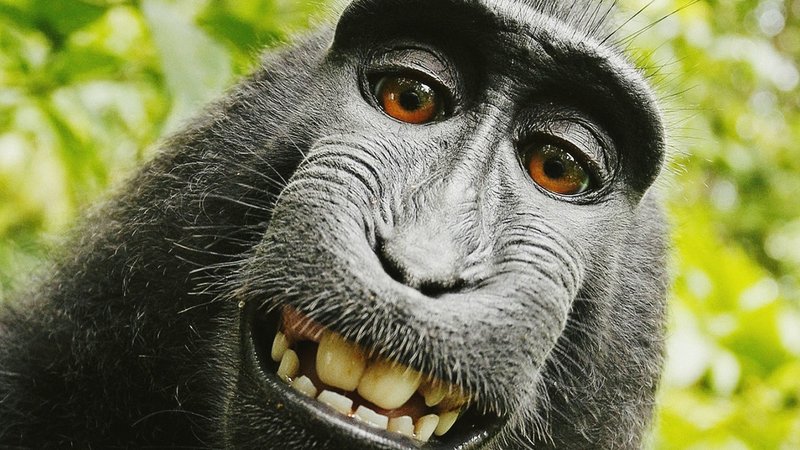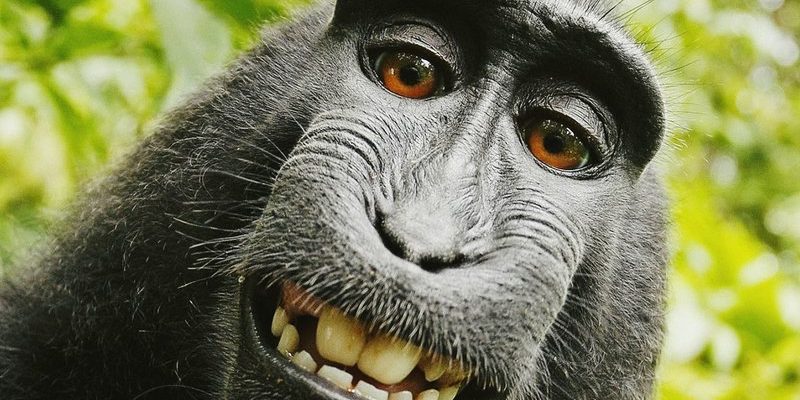
Monkeys are not just cute characters swinging from tree branches; they are a diverse group of primates with unique behaviors, habitats, and social structures. However, many common myths cloud our understanding. Let’s peel back the layers on these misconceptions and shed some light on how monkeys really live. You might be curious about what sets them apart from their relatives, like apes, or why they behave the way they do. Here’s the scoop on some of the most prevalent myths surrounding these incredible animals.
Myth 1: All Monkeys Live in Trees
You might picture monkeys as the ultimate tree dwellers, but that’s not the whole story. While many monkeys, especially those in tropical rainforests, spend a lot of time among branches, not all of them are strictly arboreal. For instance, certain species like the savanna monkeys or baboons are more terrestrial, often roaming on the ground.
In fact, these ground-dwelling monkeys have adapted so well to their environments that they can be seen foraging for food away from the trees. They enjoy a varied diet that includes fruits, seeds, and even insects, showcasing their ability to thrive in different habitats. This adaptability not only highlights their intelligence but also illustrates how diverse the monkey family can be.
Moreover, some monkey species prefer open spaces, where they can socialize and establish groups. So, while it’s true that many monkeys are amazing acrobats in the treetops, it’s equally important to recognize those that have chosen to roam the earth.
Myth 2: Monkeys are Just Like Humans
It’s easy to think of monkeys as miniature humans due to their playful nature and social behaviors. However, this belief can be misleading. Sure, monkeys share a remarkable amount of DNA with us—especially our closest relatives, like chimpanzees and bonobos. But that doesn’t mean their lifestyles or thought processes mirror ours.
For example, while both humans and monkeys form social groups, the dynamics can be vastly different. Monkeys have their own systems of hierarchy, grooming rituals, and communication styles that are specifically adapted to their environments. They might use vocalizations and body language that we don’t completely understand, which helps them maintain social bonds within their troops.
Think about it this way: while we both might enjoy a good laugh, the reasons behind that laughter and the social cues we respond to can be worlds apart. By understanding the differences, we can appreciate their behaviors without imposing our human-centric views on them.
Myth 3: Monkeys are Always Playful and Friendly
Another common myth is that monkeys are inherently playful and friendly. While many species do exhibit playful behaviors, particularly when they’re young, it’s crucial to remember that monkeys can also display aggression, especially when they’re threatened or during territorial disputes.
Take the howler monkey, for instance. Known for its loud calls, it uses this vocal ability to establish territory, which can sometimes come off as aggressive to nearby groups. It’s not all fun and games in their world; surviving in the wild often requires assertiveness and strength.
Additionally, some monkeys form tight-knit groups, where their social interactions are complex and nuanced. Misunderstandings can lead to conflicts, showcasing that their interactions can be just as complicated as our own. So, while monkeys can indeed have a playful side—like swinging from vines or play-fighting with each other—they also have their serious moments that demand respect and understanding.
Myth 4: All Monkeys Are Dangerous
You might have seen movies or documentaries portraying monkeys as fierce creatures prone to biting. While it’s true that some monkeys can become aggressive, especially when feeling threatened, it’s not accurate to label all monkeys as dangerous.
For example, species like the capuchin monkey are often seen as intelligent and capable of forming bonds with humans, especially in sanctuary settings. They can learn tricks and communicate effectively, which is a testament to their intelligent nature rather than an inclination towards aggression.
However, it’s essential to approach monkeys with caution. Their wild instincts can surface unpredictably, often when they feel stressed or cornered. It’s not about being dangerous but rather about self-preservation. Understanding their behavior can help avoid unnecessary conflicts and promote a healthier relationship between humans and wildlife.
Myth 5: Monkeys are Pests and Should Be Removed
In many areas worldwide, people view monkeys as nuisances, often leading to a push for their removal from urban spaces. While it’s understandable to feel frustrated when wildlife encroaches on human habitats, this myth overlooks the ecological importance of monkeys.
Monkeys play crucial roles in their ecosystems, such as seed dispersers. When they eat fruits, they help propagate plants by distributing seeds through their droppings. This natural process contributes to forest growth and biodiversity, which in turn impacts the overall health of the environment.
Instead of seeing monkeys as pests, consider how we might coexist with them more harmoniously. Solutions like creating wildlife corridors, educating communities about monkey behavior, and promoting respectful coexistence could benefit both humans and monkeys. Let’s think about how we can share our spaces rather than push wildlife away.
Myth 6: Monkeys Can Be Domesticated
You might wonder if it’s possible to have a monkey as a pet, given their intelligence and social nature. Here’s the thing: monkeys are wild animals that have specific social, diet, and environmental needs that are challenging to satisfy in a home environment.
While some individuals have attempted to keep monkeys as pets, the reality is that these animals require complex social structures and environments to thrive. Without proper socialization, they can suffer from stress and exhibit problematic behaviors, much like a child raised without proper guidance.
Instead of domestication, conservation efforts focus on protecting their natural habitats. Channels to observe and appreciate monkeys, such as sanctuaries and wildlife reserves, allow us to enjoy their company in a way that respects their wild nature. It’s about cherishing them in the wild rather than trying to fit them into our homes.
Monkeys are captivating creatures that enrich our planet in various ways. By unraveling these common myths, we gain a clearer understanding of their behaviors, needs, and roles in the ecosystem. Recognizing their complexity allows us to appreciate them beyond the playful images and assumptions we often hold.
As we continue to explore and learn about monkeys, let’s strive for a deeper connection founded on respect and knowledge. After all, the more we understand them, the better we can work towards their preservation and coexistence. By setting aside myths and embracing the facts, we can foster a world where both humans and monkeys thrive together.

